October 9th
Dover is where the powerpop paradise is.

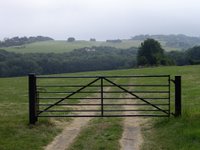
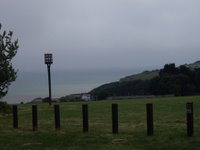








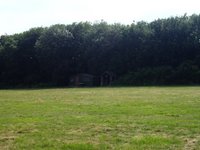
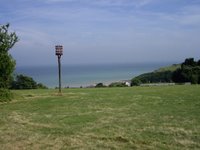
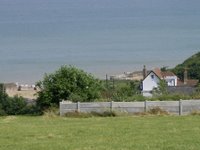
THE WHITE CLIFFS OF DOVER
A long time ago, Britain as we know it did not exist, it was merely a westerly peninsula of a larger European continent. About half a million years ago, during the recent Ice Age, a large ice sheet had spread across northern Britain and large amounts of the North Sea, which created a vast lake amongst the chalk hills which occupied what is now the Straits of Dover. When this dam burst, the surge of water gouged away a deep channel through the hills. As the ice melted the sea began to encroach back up this valley eroding away the soft chalk and forming what is now the English Channel - thus Britain became an island.
Formed over a period of 80 million years, from the remains of tiny sea-dwelling plants and animals, the cliffs now offer a rich and varied habit for many species of animals and plants and also are of great interest to geologists. Designated a Site of Special Scientific Interest (SSSI) for their botanical and geological interest, they provide visitors with a unique and fascinating place to visit with many rare species of plant and birds on offer. The chalk grassland behind the cliffs support one of Britain's most diverse plant communities and the cliff faces and scrub land offer roosting and shelter for many different species of bird who thrive on the abundance of insects and sea-life which the cliffs support.
The cliffs themselves are still under attack from the sea as its continuous flow eats away at the soft chalk at the base of the cliffs. About 2-5cm on average are lost each year, but more than a metre can be lost in one large cliff fall, and as sea-levels rise the cliffs will probably retreat more quickly.
